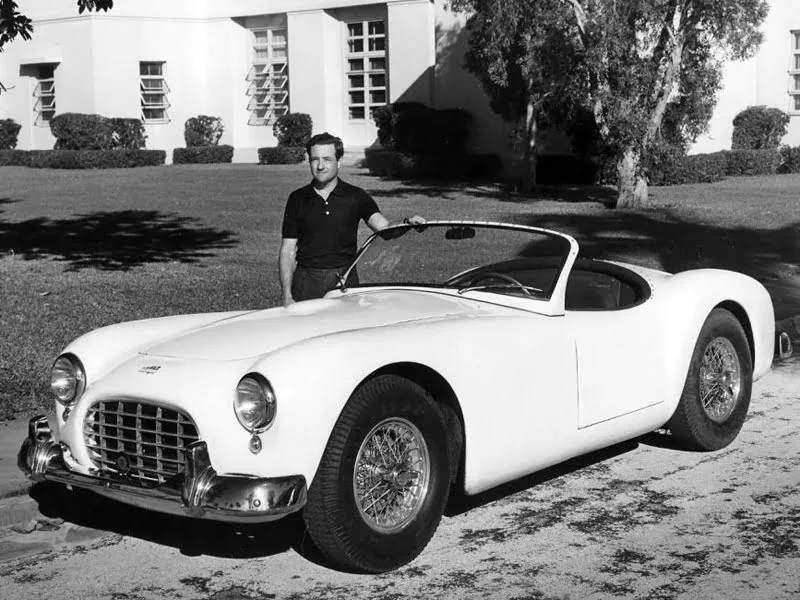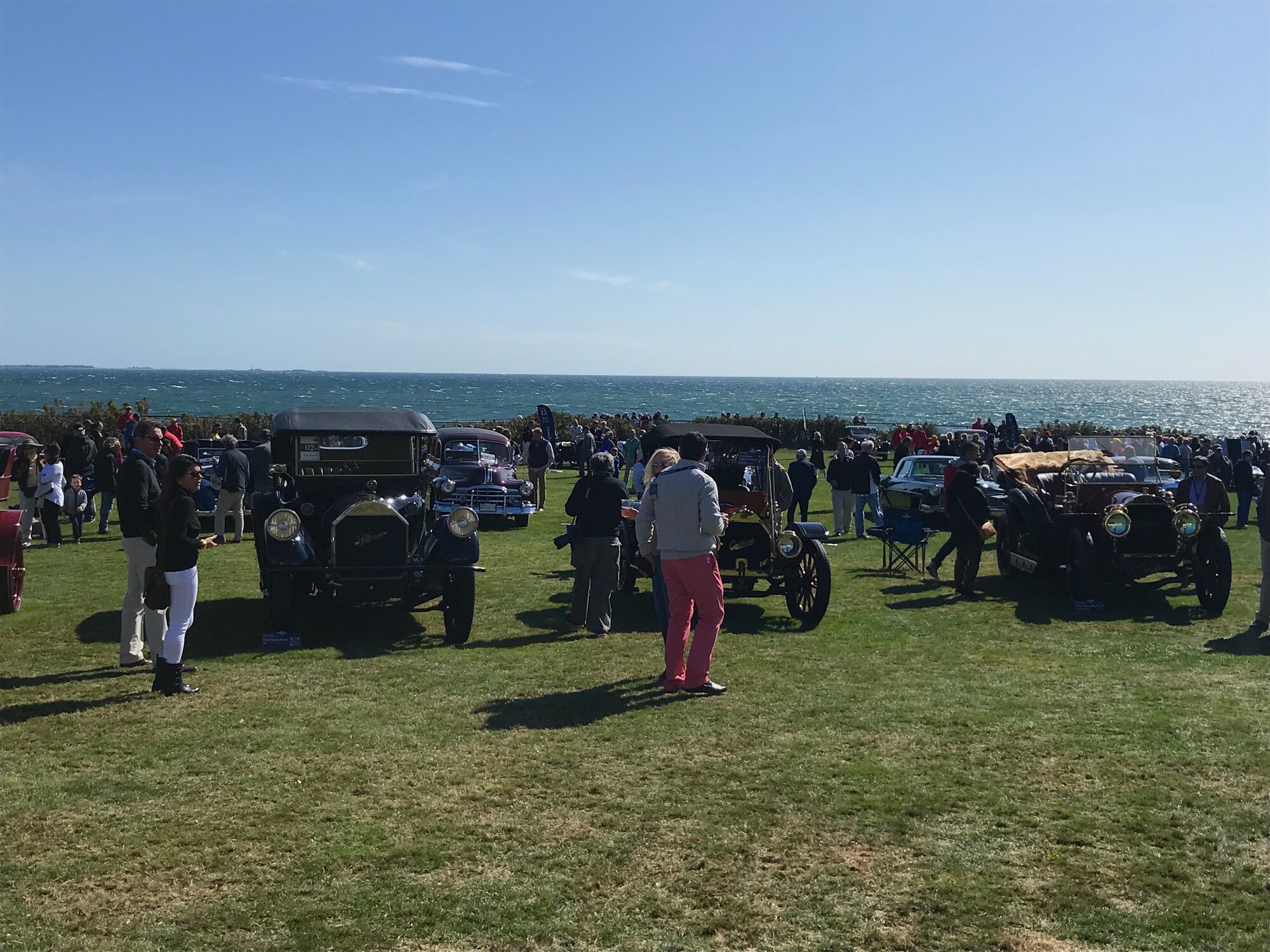The Nostalgia of Forgotten Gods. Cunningham, USA, 1950-1955
03 February 2024 3 min read 4 images

Photo credit: Revs Institute, Wheelsage
The B.S. Cunningham Company was operational for only five years from 1950 to 1955 in West Palm Beach, Florida, but despite this brief period, it holds a special place in the heart of every true enthusiast. The project originated from the meeting of Briggs Cunningham, the son of a wealthy Cincinnati entrepreneur, and Bill Frick, regarded in the USA as a motoring genius and celebrated for his NASCAR involvement and race car preparations.
Register to unlock this article
Signing up is free and gives you access to hundreds of articles and additional benefits. See what’s included in your free membership. See what's included in your free membership.
Already have an account? Log In


